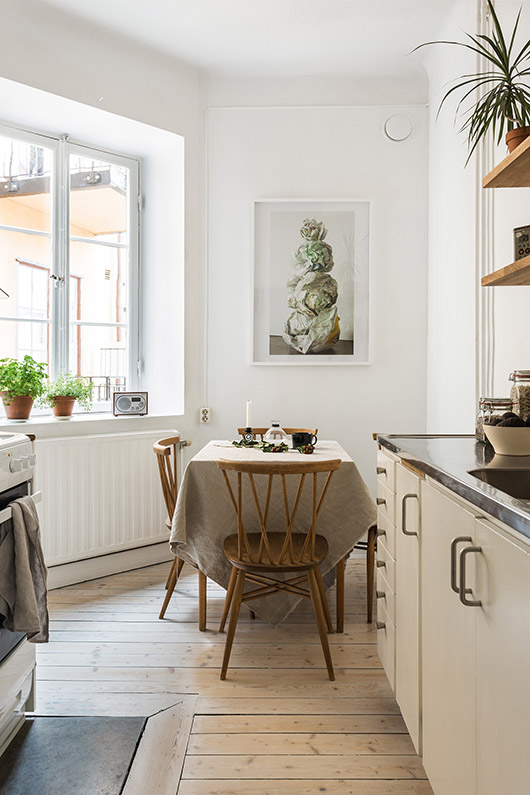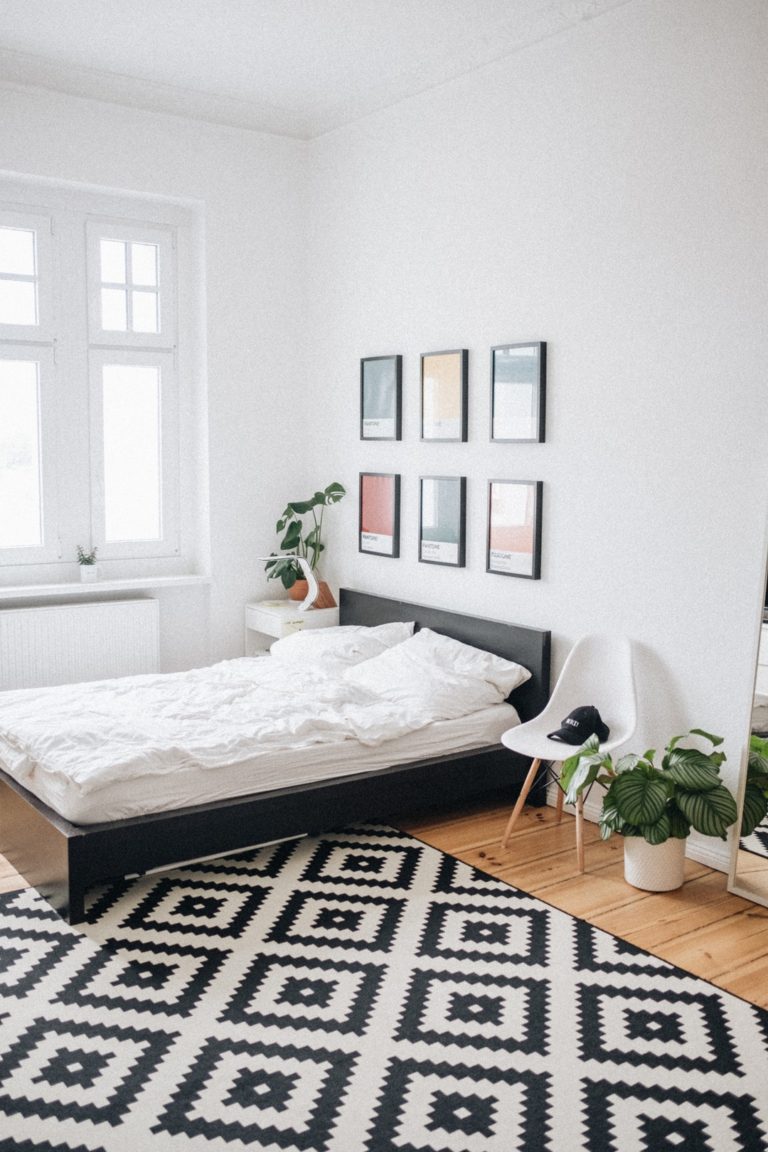How to Keep Your Rooms Warmer in the Winter (and Save Money)
Your home acts as a great escape from harsh weather elements. Even if your house is old, there’s no reason why you should roast in the summer or shiver through the winter. Revamping it to the required standards, especially for homes built before the 80s, is indispensable. The renovations should aim to give your house proper insulation to ensure you’re comfortable all year long.
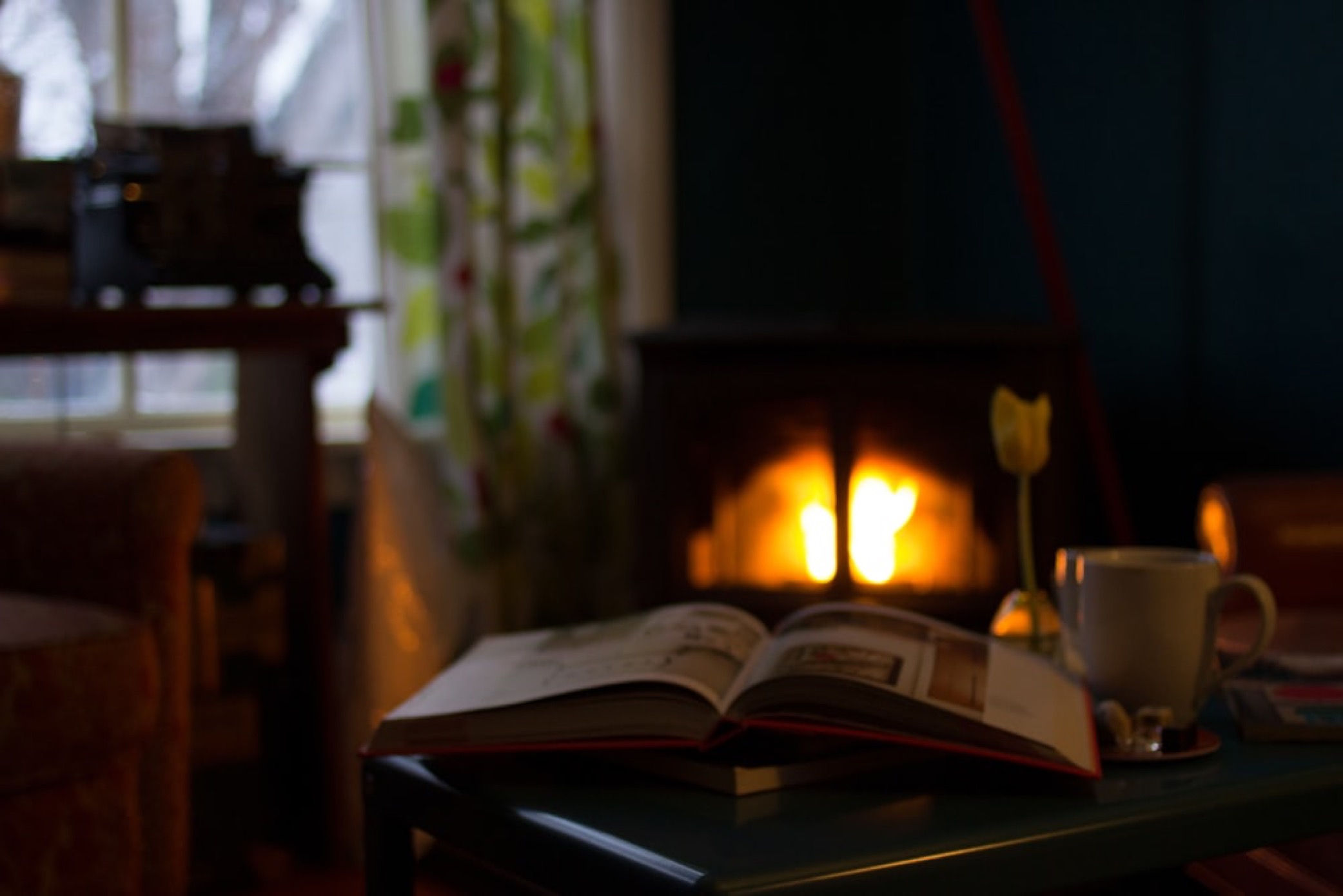
It also means that you save anywhere between 10-50% on heating and cooling bills. This guide will explore the different places that require insulation and how solving them can help you save money.
The Attic
The attic sits below the roof, and it should be well-ventilated. If not, the cold air will come into your home and the warm air from your home will escape upwards through the roof. With the right insulation, your attic will trap warm air and prevent any cold air from entering your house. There are two types of insulation you can consider in such a case: blown-in and spray foam insulation.

Blown-in insulation uses small pieces removed from the attic floor then allowed to pile up until there’s proper insulation. Spray foam, on the other hand, is expandable foam that is sprayed between rafters and expanding to the cavities. It also uses specialized equipment, which makes it more expensive than the blow-in type.
With the help of an SPFM Spray Foam Insulation Contractor, your insulation can easily achieve a high R-value (the measure of how a particular installation or material can resist heat flow).
Crawl and Basement Spaces
Although most of the hot air is lost through the higher gaps in a room, homes will still lose heat in other directions. Most people choose to insulate the sides and top of their houses, but it’s also essential to take into account the bottom where almost 30% of the energy is lost.

When it comes to insulating the basement, most contractors place rig layers of foam insulation against the foundation. This helps to keep the moisture from condensing on the cold walls. You can make your basement more energy efficient by filling it with unfaced fiberglass or covering the foam with a stud wall.
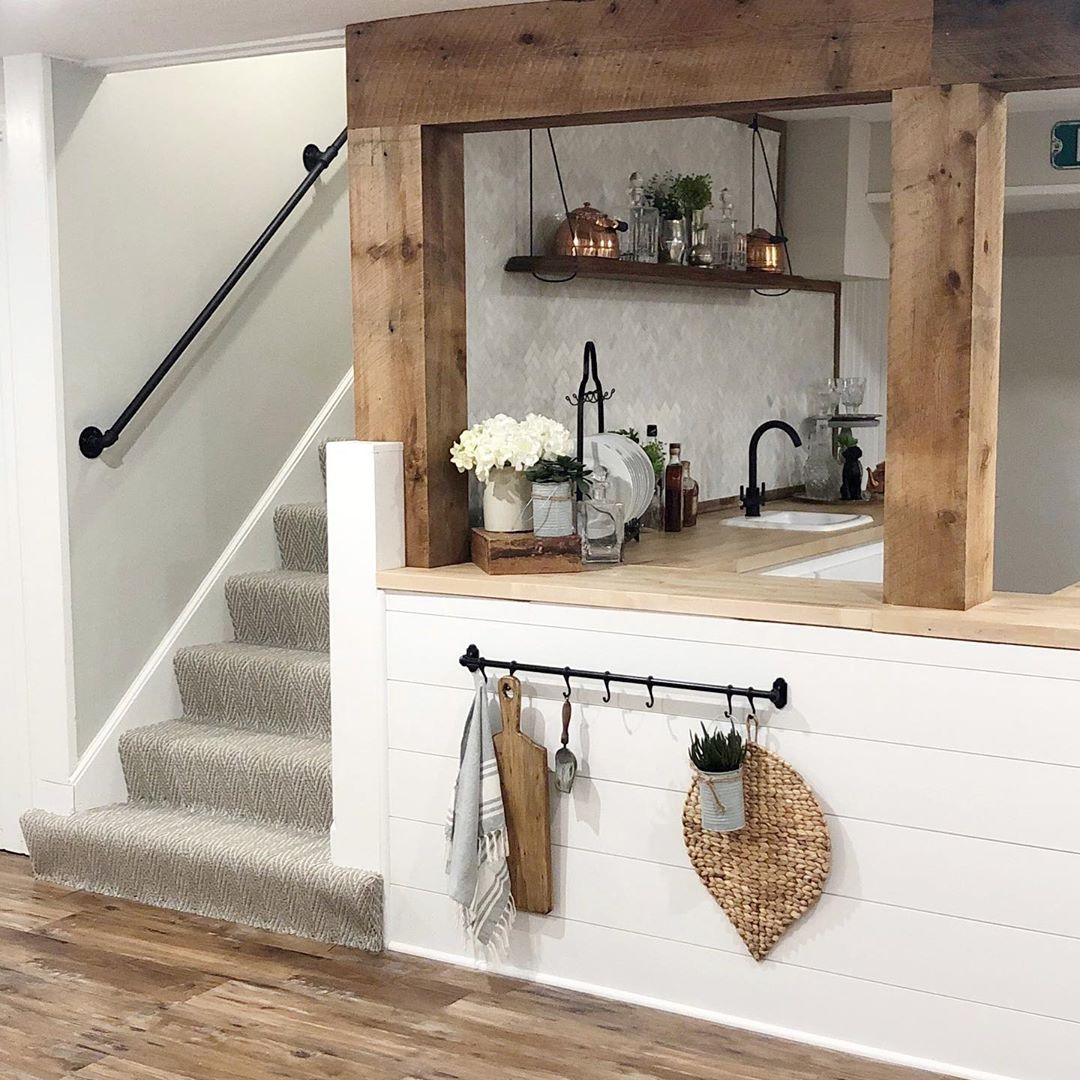
For those who own raised homes with crawl spaces, there are high chances the gaps between the floor joists are insulated. With the constant exposure to outside air, they should remain that way if you want to attain your heating goals. Also, since the insulation is exposed to continuous moisture, it’s best if you use a special type of insulation.
In most cases, rigid foam insulation offers great moisture barrier. You don’t want to have poor insulation that keeps absorbing moisture that will then be transferred to your floorboards.
Wall Cavities
The other important place to have your insulation is along the wall cavities, especially on your exterior wall. The interior drywall and exterior materials do little to block cold air from getting in, so insulation provides better resistance against cold air. Most current homes already have this form of insulation in place.
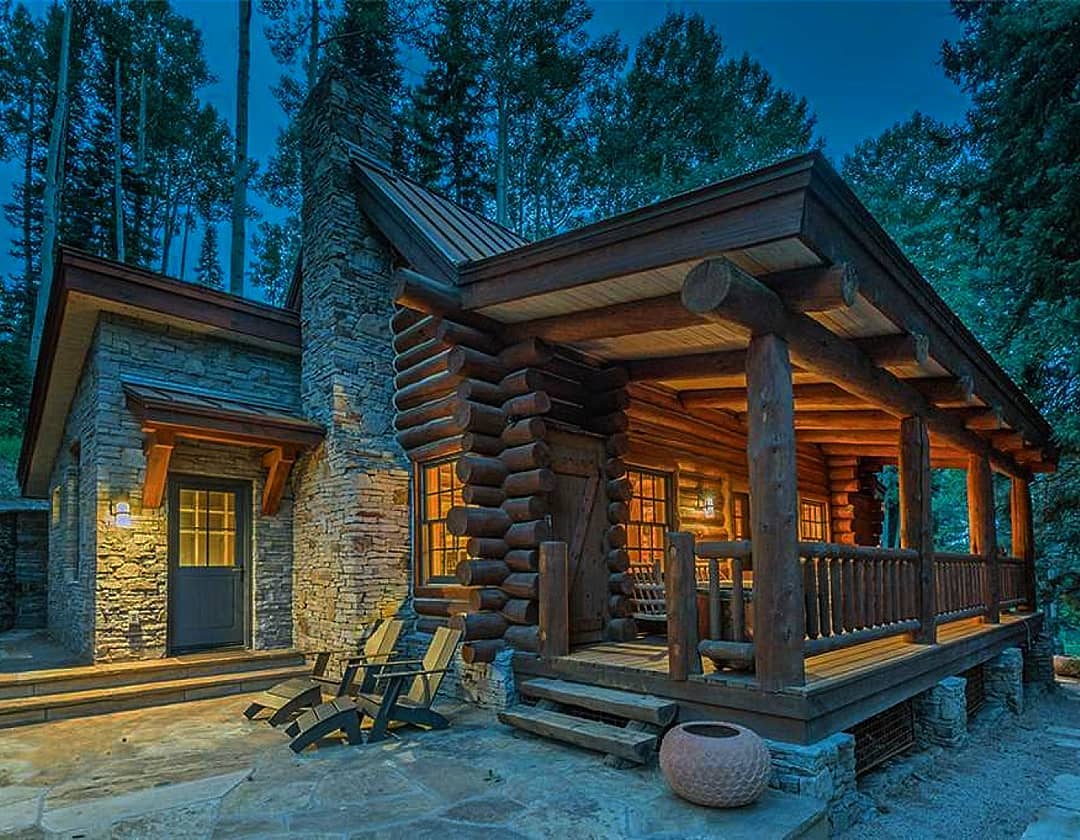
For older homes, however, spray foam and blow-in are still the best options to consider. When using spray foam in such cases, you’ll have to drill holes in the drywall to determine whether the cavities are full.
Bottom Line
Even if the process of insulating a home might seem expensive, it will save you a lot of money for years to come. You won’t have to deal with high energy bills resulting from constant heating and cooling. It also enhances your comfort by giving your home the right temperature balance during the cold and hot seasons.



